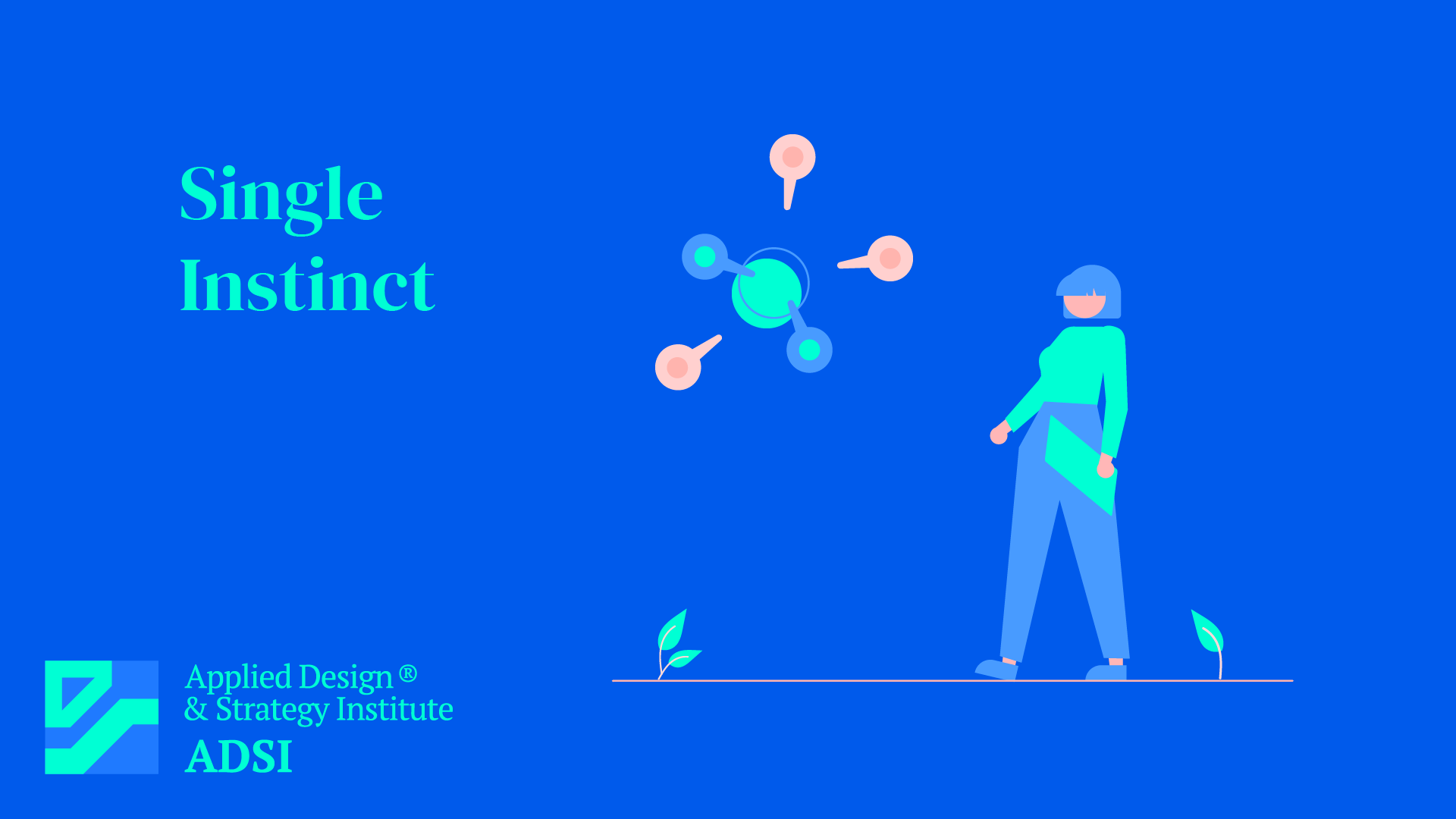Single Instinct in Organizational Decision-Making
Introduction
The concept of a “single instinct” in an organizational context might refer to the idea of relying predominantly on one core instinct or intuitive approach when making decisions. This contrasts with multi-faceted decision-making processes that incorporate various data, opinions, and analytical methods.
Understanding Single Instinct
- Definition: In this context, a single instinct could be understood as a gut feeling, an intuition, or an inherent inclination that guides decision-making without extensive reliance on data or rational analysis.
- Application: Leaders or managers might use this approach in situations requiring quick decisions, under conditions of uncertainty, or when they have significant experience and expertise in the field.
Benefits and Drawbacks
- Benefits: Quick decision-making, simplicity, and often effective in situations where the individual has deep expertise or insight.
- Drawbacks: Risks include potential biases, lack of diverse perspectives, and the possibility of overlooking important data or trends.
Psychological Perspective
- Intuition vs. Analysis: Psychological research shows that intuition can play a valuable role in decision-making, especially when coupled with analytical thinking.
- Expertise and Experience: Experts in a field are often more effective in using intuitive decision-making due to their extensive knowledge and experience.
Conclusion
While relying on a single instinct can be effective in certain scenarios, especially for experienced professionals, it’s generally advisable to balance intuitive insights with data-driven analysis. This balanced approach tends to lead to more comprehensive and effective decision-making in organizational contexts.



Register
Your point of view caught my eye and was very interesting. Thanks. I have a question for you. https://accounts.binance.info/ES_la/register?ref=VDVEQ78S